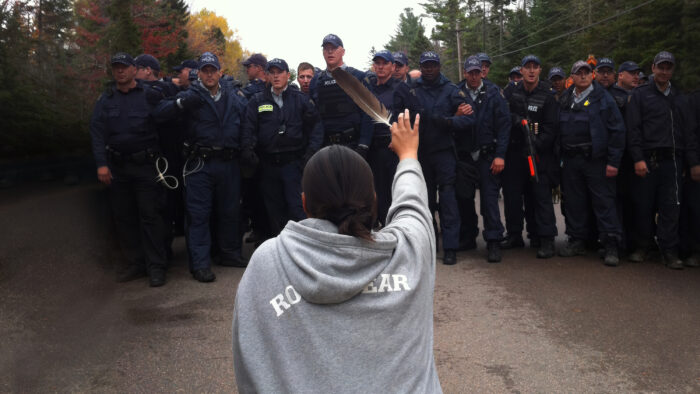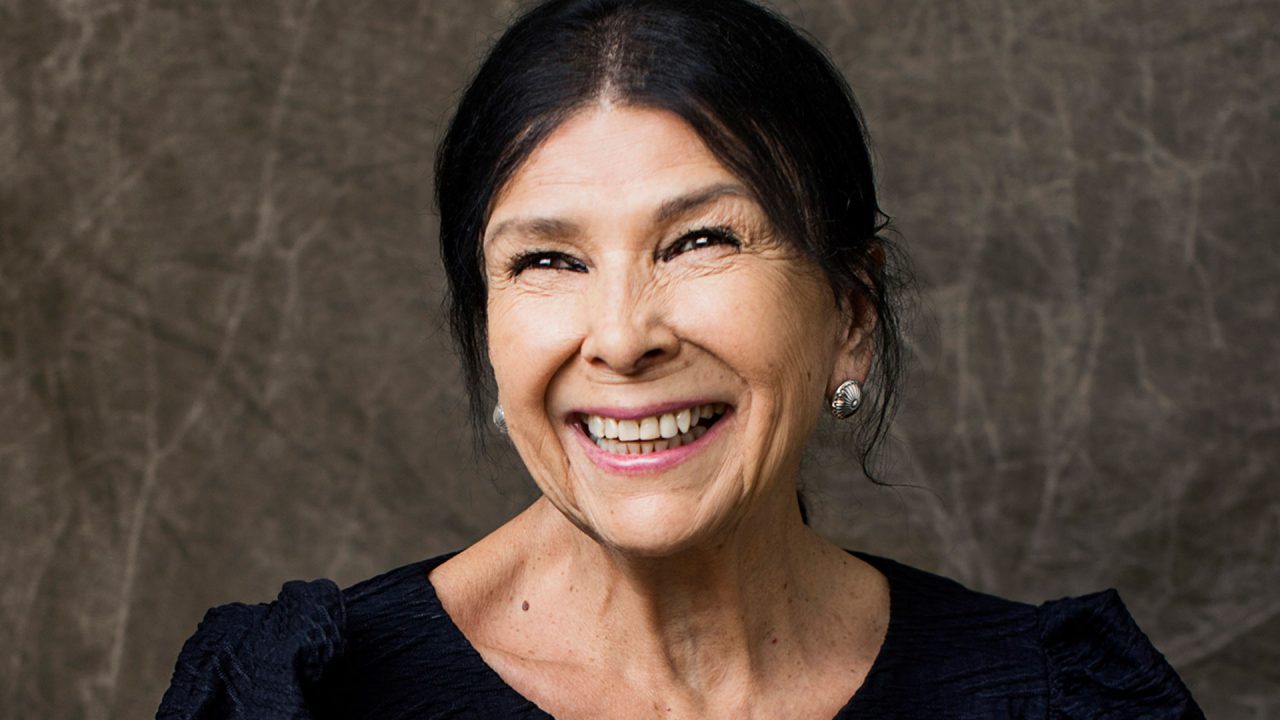
Mini-Lesson for The Legacy of Alanis Obomsawin
Mini-Lesson for The Legacy of Alanis Obomsawin
The Legacy of Alanis Obomsawin
School Subjects:
- Arts Education
- Indigenous Studies: Arts, History/ Politics, Identity/Society, Issues,
- Media Education
Ages: 15–17
Keywords/Topics: Indigenous, Film, Documentary, Media Education, Social Justice, First Nations
Overarching Question: Why is it important to see, hear and share the voices, truths and experiences of Indigenous Peoples from their own lens, and how has Alanis Obomsawin been at the forefront of ensuring Indigenous truths are heard across Canada?
Educational Synopsis: This mini-lesson will create entry points into learning about the importance of Indigenous representation in all aspects of film production, ensuring students have an opportunity to be educated about the truths of Indigenous Peoples in what is now called Canada. The lesson focuses on Alanis Obomsawin, her filmography and background, her role as a matriarch of Indigenous documentary filmmaking, and the impact her films continue to have. It can accompany Alanis Obomsawin: A Legacy, an exclusive 12-disc set comprising 15 films, one series and seven bonus films, all of which were personally selected by Alanis Obomsawin. These films embody significant moments of social, political and cultural transformation for Indigenous Peoples in Canada, while celebrating the contribution of youth in bringing change to their communities and beyond. Her films and other works invite audiences to understand and acknowledge difficult colonial truths at a time when there is an urgent need for truth telling. This mini-lesson will foster an understanding of the value of Indigenous representation in film production, analyze the impact of Alanis Obomsawin’s work, recognize the role of youth in society and promote Indigenous narrative sovereignty.
Activity 1: Who Is Alanis Obomsawin?
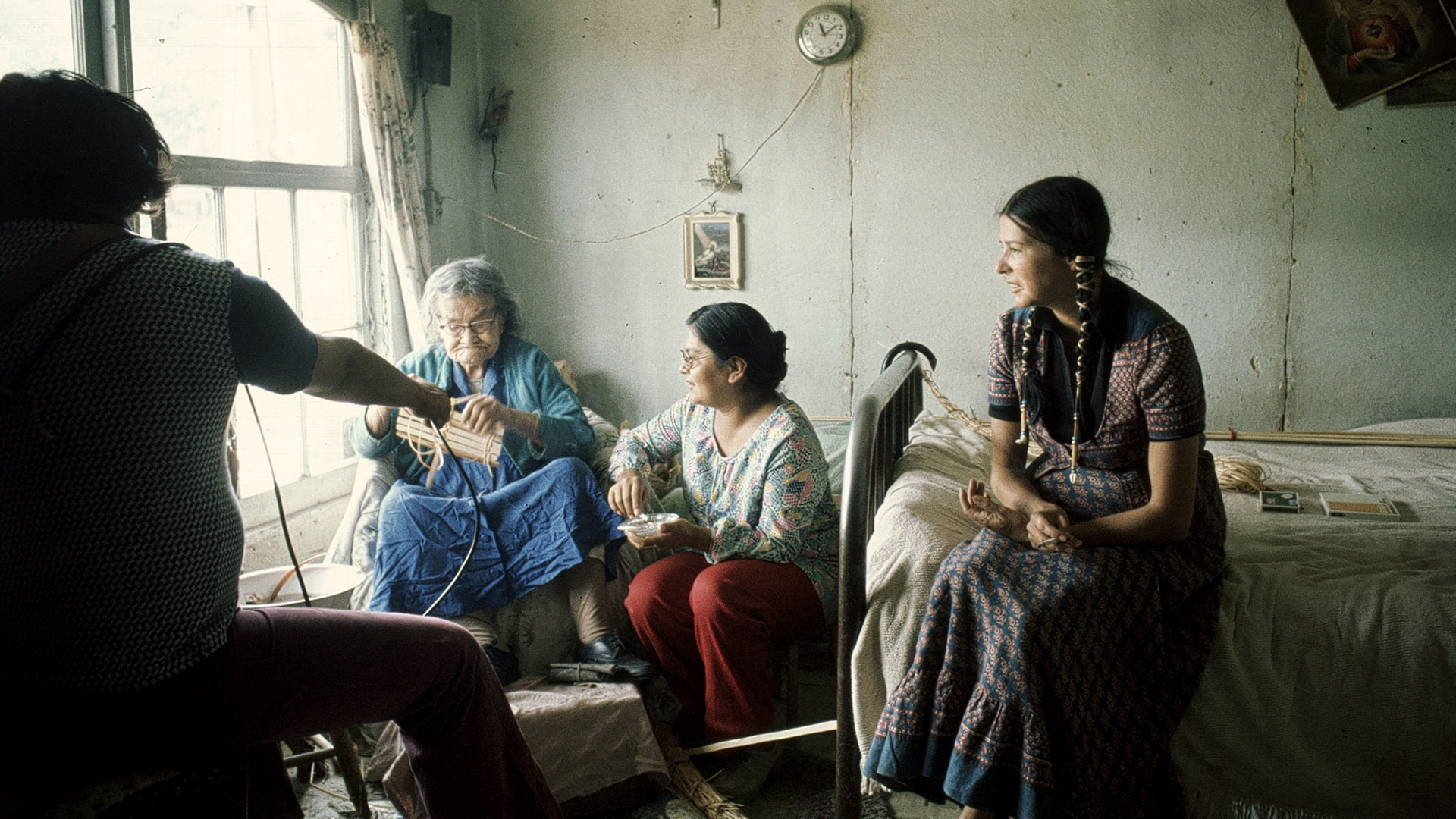
Research and Retell activity.
- Individuals or small groups carry out research using the recommended online resources listed below.
- Each student or group answers all the questions listed below, or the teacher assigns questions.
- Each group orally shares their research findings with the whole class or writes their answers on large poster papers.
- Teachers or students place poster papers in different locations throughout the classroom.
- Groups do a gallery walk and rotate to each poster to learn more and find answers to all the questions.
Questions
Background:
- Where was Alanis Obomsawin born?
- Which Nation is she from?
- What is the original language of this Nation?
- What is the English translation of the word “Obomsawin”? How does this word aptly reflect who she is and the impact she has made?
- How many films has she directed?
- How long has she been creating?
- What are some of the central themes of her films?
- Describe other areas of Alanis Obomsawin’s art practice.
- What recognition has she received from Indigenous and non-Indigenous institutions and governing bodies?
Analysis:
- Why is Alanis Obomsawin considered a matriarch and Canadian icon of filmmaking?
- Why is it important for Indigenous Peoples to have opportunities to share truths from their first-hand voices?
- How has Alanis contributed to truth telling using the medium of film?
Summary:
Alanis Obomsawin is a member of the Abenaki Nation and one of Canada’s most influential and honoured documentary filmmakers. Throughout her life she has diligently been at the forefront of truth telling and advocating for Indigenous communities—documenting and amplifying the voices, experiences and worldviews of Indigenous Peoples across what is now called Canada.
Education and social justice are at the core of all she does. Through the art of filmmaking, Alanis has been able to work with, preserve and share the realities of Indigenous Peoples, using a medium that in the past deliberately ignored, silenced or neglected to truthfully represent Indigenous Peoples across the country. She is an accomplished singer, storyteller, actress and visual artist, as well as a writer, director and producer.
The National Film Board has been working with Alanis since 1967, when she made her first NFB documentary, Christmas at Moose Factory, released in 1971. Alanis has received several honorary doctorates in a variety of categories. She is a Member, Officer and Companion of the Order of Canada, and is revered by Indigenous communities across Canada for her dedication to working with, uplifting and honouring Indigenous Peoples.
Online Resources
- Canadian Encyclopedia. “Alanis Obomsawin.” April 20, 2023.
- CBC Radio. “Unreserved: 50 years of Indigenous cinema: The impact of Alanis Obomsawin.” May 31, 2019.
- Governor General’s Performing Arts Awards Foundation. “Alanis Obomsawin: 2019 Mentorship Program Mentor.” Accessed November 11, 2023.
- Indspire. “Alanis Obomsawin.” Accessed November 11, 2023.
- National Film Board of Canada. Making Movie History: Alanis Obomsawin. Dir. Joanne Robertson. 2012.
- Ryle, Jason. “Where the Sun Rises: The Films of Alanis Obomsawin.” NFB Blog, October 15, 2019.
- Alanis Obomsawin long bio
- Alanis Obomsawin short bio
Activity 2: A Wealth of Films across Canada: The Far Reach of Alanis Obomsawin’s Work
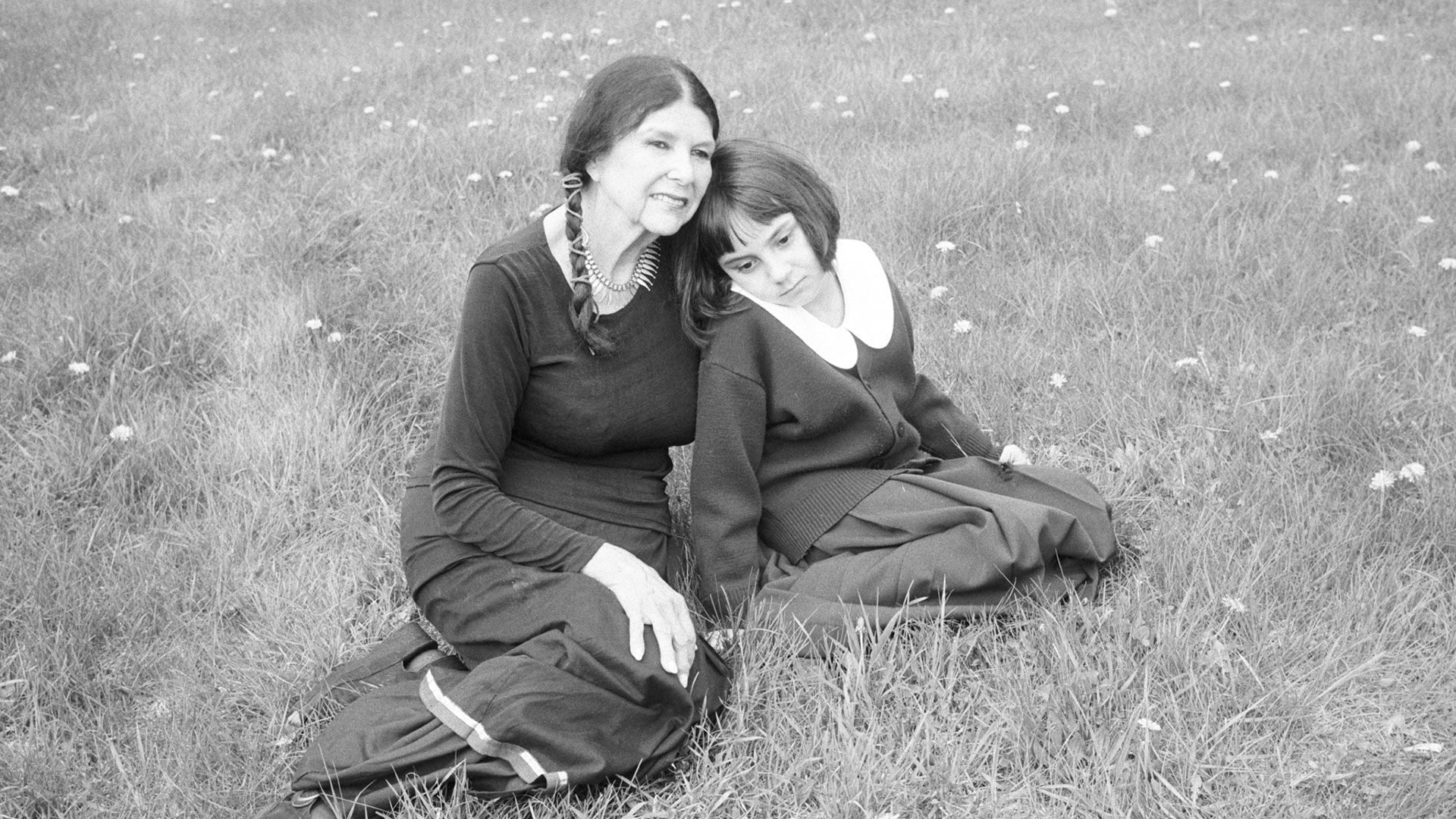
Students learn about Alanis Obomsawin’s films by reading the synopses in the Alanis Obomsawin: A Legacy DVD box set or on this page: ALANIS OBOMSAWIN (60).
- Assign individuals or groups one or several of the films on the above web page, so that many of the films in the collection are covered by the entire class.
- In groups, have students read the written synopses of the films and discuss the impact of a specific film and how they connect to it as individuals.
- Have students form a circle and share, in their own words, a few of the key points that they learned about the film(s).
Extension Activity
Create a collaborative map / informative bulletin board that displays details about Alanis’s films and shows the wide range of her filmmaking.
- On a blank map of Canada that does not include provincial boundaries, place a symbol on all the locations where the films in the previous activity were shot.
- Create a legend that includes the title of each film on the map, the Nations that are close by, and the traditional Indigenous language families of that area.
- Create a symbol that identifies the films that are included in the box set.
- On a bulletin board that includes the map, use pins and string to connect the locations with the titles and the short synopsis of each film.
- And/or create an interactive digital version of the info map.
Summary
“My main interest all my life has been education, because that’s where you develop yourself, where you learn to hate, or to love.” This quote describes the heartwork of Alanis Obomsawin, who was able to use the power and influence of film as a tool to communicate the lived experiences of Indigenous Peoples across Canada.
She has directed more than 60 films that feature Indigenous Peoples, Nations, communities and realities, shot in many different locations across the country. These films can be—and have been—watched by audiences worldwide. Her works educate people about the truths of Indigenous Peoples from the perspectives of Indigenous Peoples themselves, thus peeling away the misperceptions that have created a false narrative of who we are.
The structures of both education and media have played significant roles in perpetuating hate by creating negative views of Indigenous Peoples and contributing to the attempt to destroy Indigenous traditional ways. In contrast to these harmful representations, Alanis’s films, and the people in them, reveal the beauty and reality of Indigenous Peoples. This is a unique lens she brings, and in the process, her works contribute to social justice and the upliftment of Indigenous Peoples. Her films also have a far reach; they not only uplift Indigenous Peoples, but they allow the wisdoms and truths of this land to inform, guide and connect all those who are now here.
Activity 3: Impact and Legacy: Amplifying the Voices of Indigenous Peoples
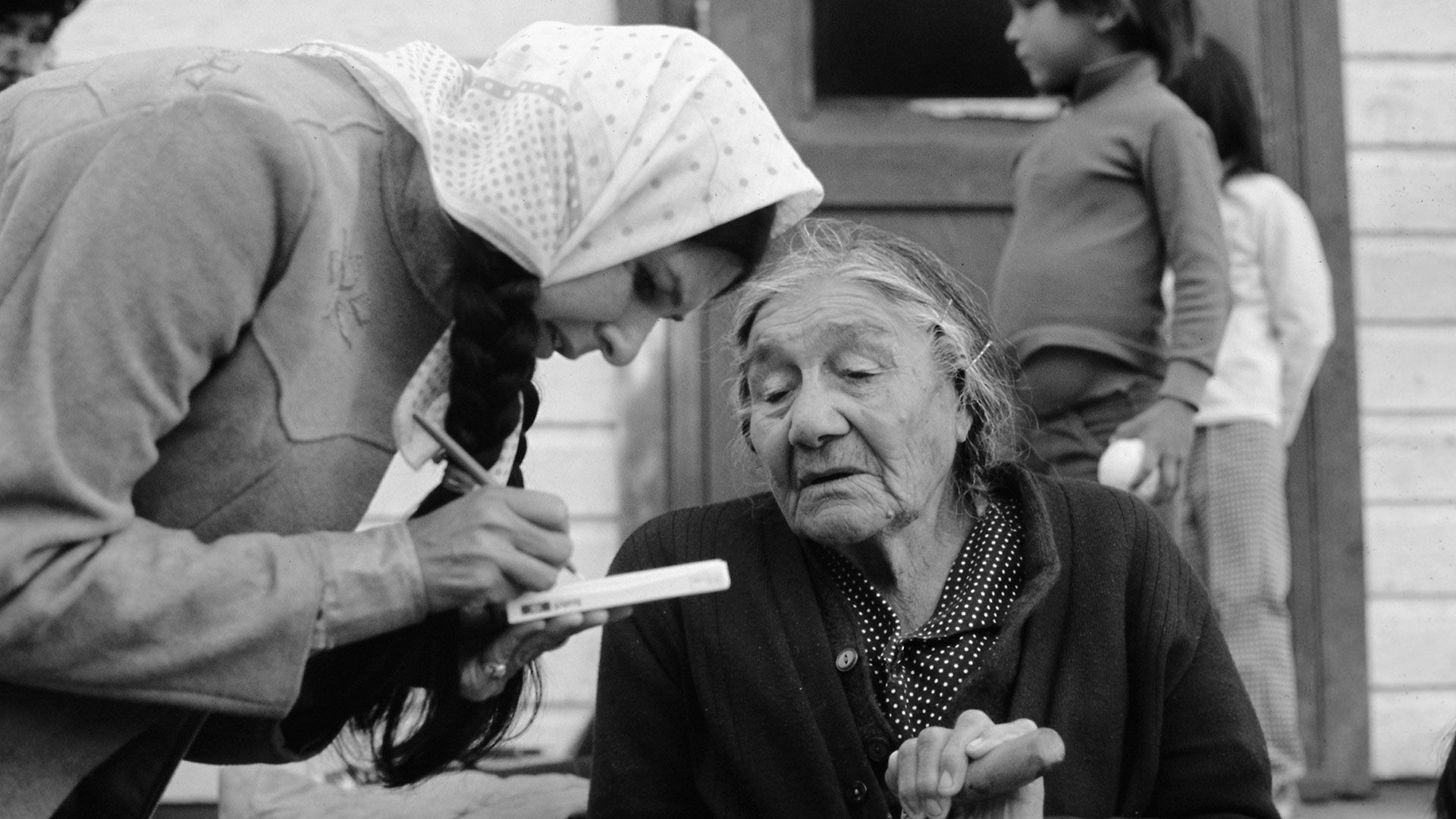
- Building on the collective scan of Alanis Obomsawin’s films that they carried out in Activity 2, students can, with the help of the teacher, select and watch one of the 28 films in the DVD box set.
The box set includes:
- Christmas at Moose Factory
- Our People Will Be Healed
- Walking Is Medicine
- We Can’t Make the Same Mistake Twice
- Honour to Murray Sinclair
- Upstairs with David Amram
- Bill Reid Remembers
- The Spirit of the Tsilhqot’in People is Hovering over the Supreme Court
- Wabano: The Light of the Day
- Trick or Treaty?
- Jordan River Anderson, The Messenger
- Hi-Ho Mistahey!
- Don Burnstick in Kattwapiskak
- Theo Fleury Visits Kattawapiskak
- The People of the Kattawapiskak River
- Sounds From Our People: Old Crow
- Sounds From Our People: Mother of Many Children
- Sounds From Our People: Gabriel Goes to the City
- Sounds From Our People: Cold Journey
- Sounds From Our People: Cree Way
- Amisk
Bonus films:
- Let’s Study Treaty No. 5, a.k.a., History of Norway House (included with Our People Will Be Healed)
- Important to Us (included with We Can’t Make the Same Mistake Twice)
- The Retaliation Hearings (included with We Can’t Make the Same Mistake Twice)
- Kattawapiskak School (included with Hi-Ho Mistahey!)
- Outdoor Art Gallery (included with Hi-Ho Mistahey!)
- The People of the Kattawapiskak River: Six Months Later
- The Federal Court Hearing
- Develop and share an oral presentation on either of these topics:
- A fuller analysis of the film you watched and its potential impact in your school or community;
- An aspect of Alanis Obomsawin’s life, career or connection to community that inspires you in some way (for example: generate ideas of ways to work with and share the truths of Indigenous Peoples within your community, create more platforms on which Indigenous voices are heard and valued across Canada, or develop as a creator yourself).
Summary
Using film as her main medium, Alanis has been amplifying the voices and first-hand lived experiences of Indigenous Peoples across Canada for decades.
Content creation and mass communication are now easily accessible, but this was not the case when Alanis began making films. At a time when many people were simply viewing content, she became a producer of it. With her drive, spirit and creative vision, she continues to ensure Indigenous Peoples have the opportunity to publicly share their truths, while exposing injustices. Her films provoke action to enhance the current and future experiences of Indigenous Peoples. Working with Indigenous Peoples across the nation, they can combat inequalities related to the health and well- being of children. Alanis is considered a matriarch of Indigenous documentary filmmaking. Her films activate education, inquiry and discussion while creating opportunities for healing on a personal and societal level. Her work and process counter extractive Hollywood and anthropological approaches to filmmaking, centring community and relationship building.
Take Action: Watch, Share, Celebrate
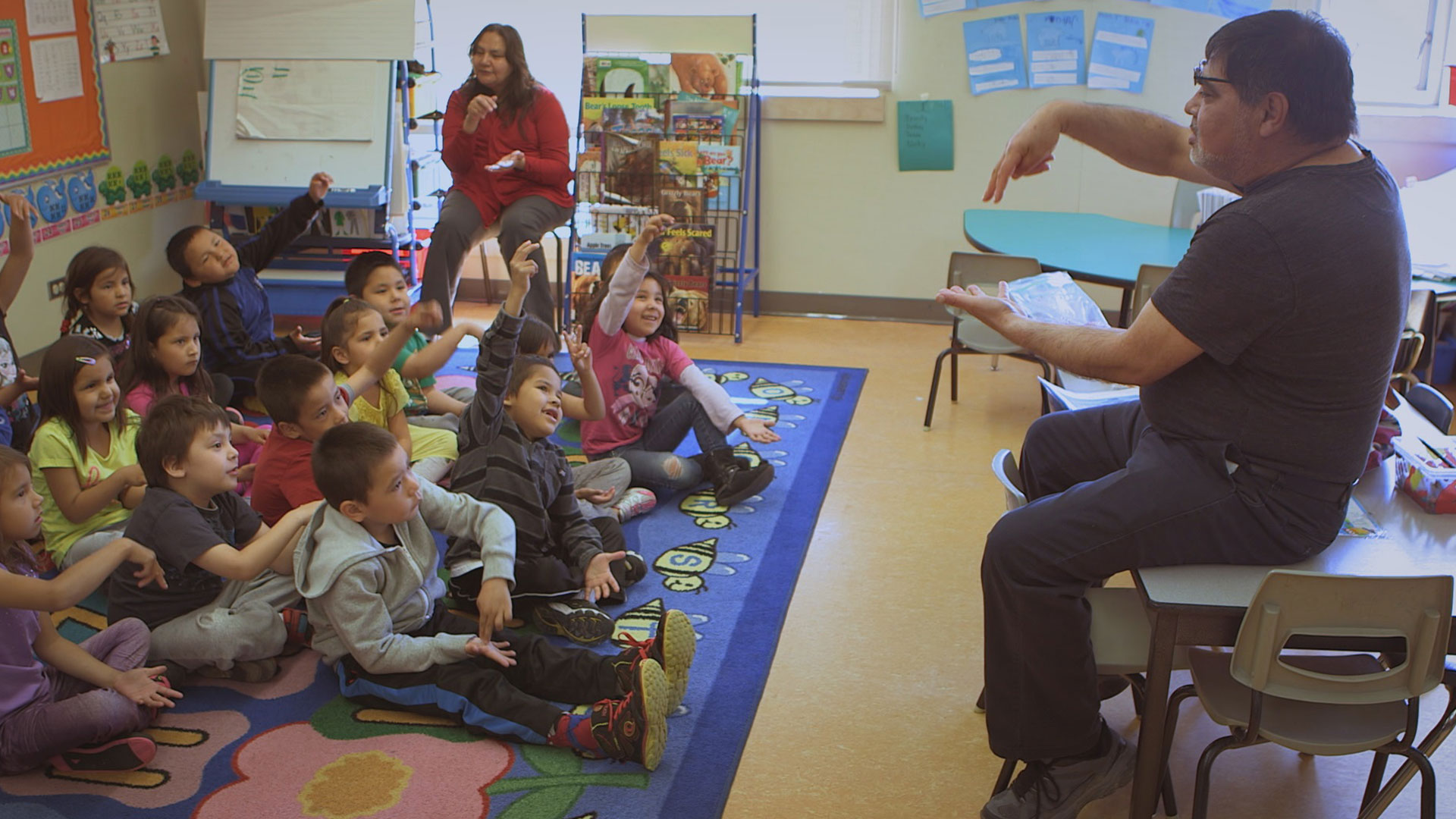
Have a conversation as a class about the possibilities of showing a curated set of Alanis Obomsawin’s films at a mini-festival in your school or local community. Here are some discussion questions:
- How can learning about Indigenous Peoples from and with Indigenous Peoples themselves help educate those in your school or community?
- How could the school and/or community benefit from watching some of the films?
- Why is it important for Canadian society to see examples of Indigenous role models at national, provincial and community levels?
- What criteria should be used to decide which films to feature in this mini-festival?
- What should the festival be called?
- What kind of support will you, as a group of students, need to provide for this event? This includes both emotional and material support, for example: the presence of a guidance counsellor to support people’s responses to the films; parent volunteers; a local sponsor.
Based on your emerging vision for the event, create a collaborative poster that advertises your film festival while educating others on who Alanis Obomsawin is. The poster will be posted around your school and on social media to help inform people about—and share—the first-hand truths of Indigenous Peoples.
- Think about what words and visuals can be used in your poster that will together create a strong message that connects with students in your school. What words can you use to describe Alanis Obomsawin in a way that distinguishes her as a matriarch of Indigenous filmmaking in Canada? What images will you use?
- Working in groups, create posters to share, both in the school and on social Feel free to use aspects of the mapping activity or the work you did in the oral presentations.
Additional Ideas
- Create a platform to work on and share current social justice causes related to Indigenous Peoples within your local area.
- Research other acclaimed films by Alanis Obomsawin. Make a commitment to watch one of the films and share it with others.
Crystal Clark is a Nehiway/Denesuline/Métis mother, educator, Indigenous education consultant, and artist who is dedicated to supporting the Calls to Action and being an uplifter. She has a background in New Media studies from the Vancouver Film School, a B.Ed., a B.F.A. and an M.Ed., and has also studied Indigenous Creative Writing and Visual Arts with the En’owkin Center. She has extensive experience teaching in First Nations communities, in educational resource development and in facilitating professional development.
LINKS TO ALL EXISTING EDUCATION RESOURCES FOR ALANIS OBOMSAWIN’S FILMS
Ages 12–14
- Mini-Lesson for Bill Reid Remembers
- Mini-Lesson for Hi-Ho Mistahey!
- Educator’s Guide to Hi-Ho Mistahey!
- Mini-Lesson for When All the Leaves Are Gone
Ages 15-17
- Mini-Lesson for Honour to Senator Murray Sinclair
- Mini-Lesson for Jordan River Anderson, The Messenger
- Mini-Lesson for Trick or Treaty?
Pour lire cet article en français, cliquez ici.
Discover more Mini-Lessons | Watch educational films on NFB Education | Watch educational playlists on NFB Education | Follow NFB Education on Facebook | Follow NFB Education on Pinterest | Subscribe to the NFB Education Newsletter
